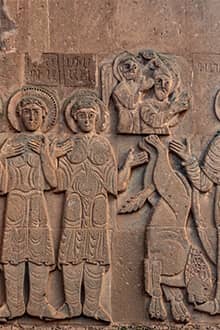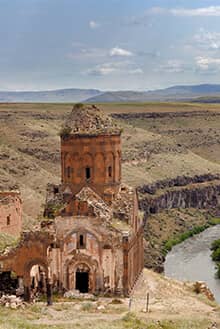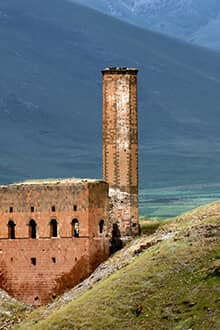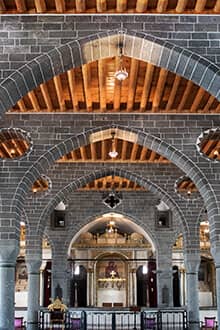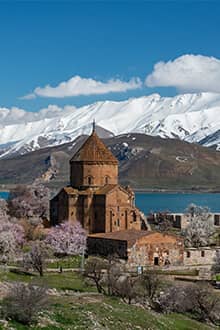

From İstanbul to Ani
İstanbul – Maçka, Trabzon – Van
The multicultural heritage of Türkiye dates back thousands of years and bears witness to the continuous settlement of civilizations and people of different faiths. Local cultures merged through commercial routes and language, literature, music, architecture, and almost every aspect of culture.
Following the conquest of Constantinople by Sultan Mehmet, Armenians from Anatolian villages settled in the town of Samatya within the domain of historical İstanbul. Many of İstanbul’s Armenian churches are found in this region that faces the Marmara Sea. The majority of the local Armenian population spread throughout the centuries across Central and Eastern Anatolia leaving behind a rich religious and cultural heritage. You can find the traces of the culture from İstanbul’s various churches to Kars in the ruins of the ancient city of Ani located in northeast Türkiye, 42 kilometers from the city of Kars, on a secluded triangular plateau, to Akdamar Church located on the Lake Van.

